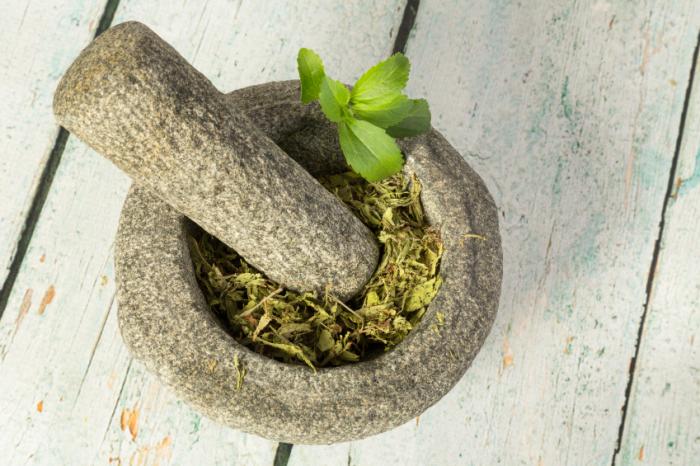Collection: Cavalier - Sugar Free, Fair Trade & Delicious!
The sweet, sugar-free story of Cavalier
Cavalier is a Belgian family chocolate company that has been exclusively developing, producing and distributing chocolate products with no added sugar since 1996.
Cavalier chocolates are made for chocolate lovers who avoid sugar. With this new chocolate, chocolate lovers may now enjoy chocolate in a healthy manner without compromising on taste.
Stevia rebaudiana - a very sweet Aster plant

Since its beginnings more than ten years ago, Cavalier has built up a unique know-how in the preparation of chocolate products with no added sugar using the plant Stevia.
Stevia is a plant that naturally grows in Brazil and Paraguay, whose leaves have sugar-like (glycosides) that taste 250-300 times sweeter than sugar.
Research has shown that stevia extracts do not affect blood glucose levels, or create an insulin response, which allows people with diabetes to eat a wider range of foods by using stevia in place of sugar for sweetening foods that otherwise may not be very palatable but are high in nutritional value.
Stevia itself is a good source of many vitamins, with its leaving containing potassium, zinc, magnesium, iron and vitamin B3.
For more information on Stevia, see Medical New Today's Stevia Article
Socially responsible entrepreneurship
Cavalier follows strict specifications for their sustainable policy to ensure high quality chocolate products, a high level of food safety, and that they run a socially responsible business.

Cavalier confectionery building from 1932
Confectionery, chocolate shop “Cavalier”. Former speculoos factory “R.V.H.” (Richard Van Hoorebeke). Factory built to the design of architect Ch. Sestig in 1932. In 1939 a garage was built adjoining to the factory.
Originally rectangular factory building of eight by eight bays, with on the left corner a house, located in between two dead end streets, Reseda Street and Violetten Street.
The original side walls on the right and left have largely kept their original view with accentuated bay layout, pilasters and front wall ending. The original roof construction still exists in between the isolating roof coating and hygienic inner roof covering.
Sorry, there are no products in this collection

